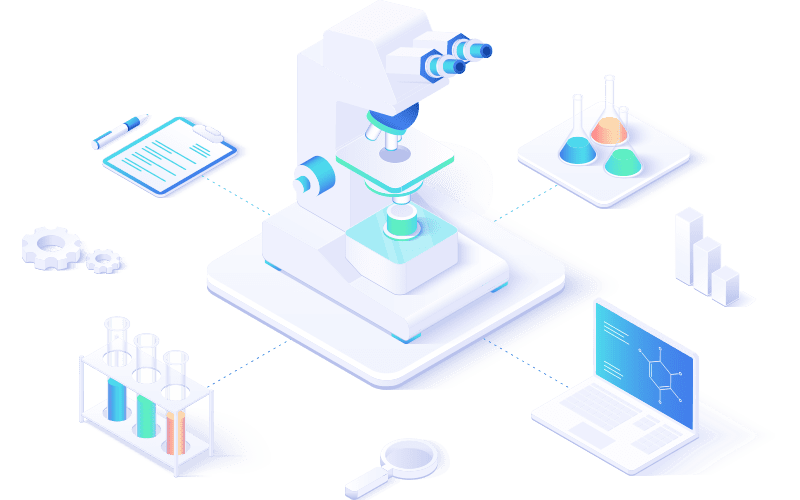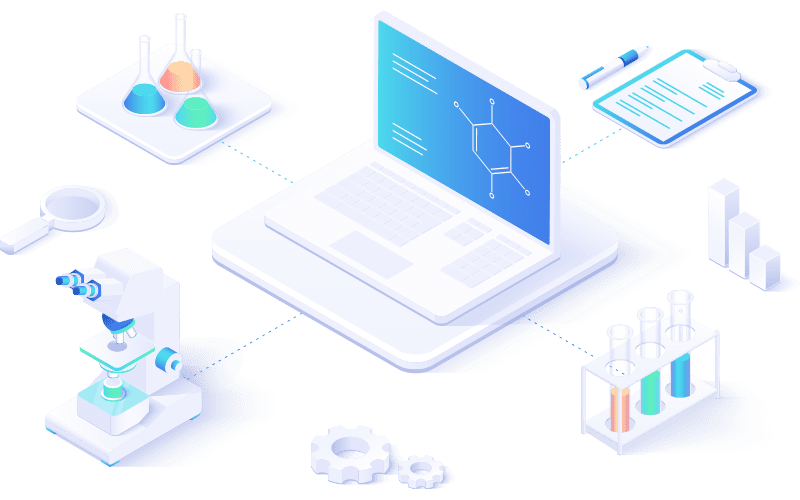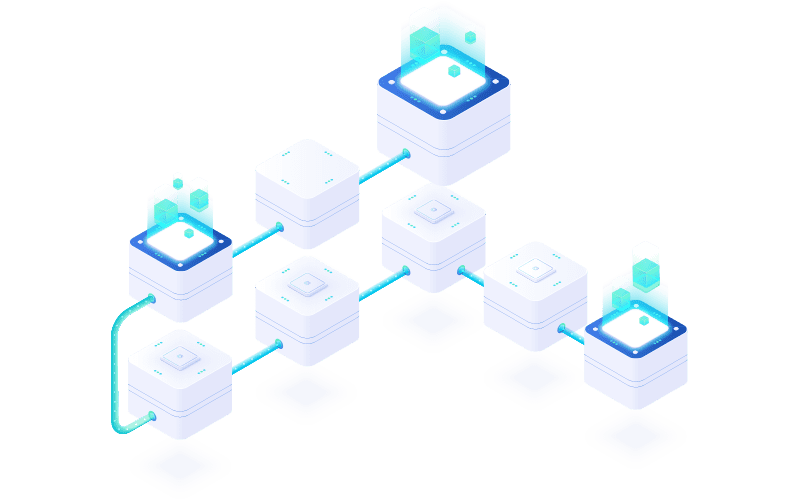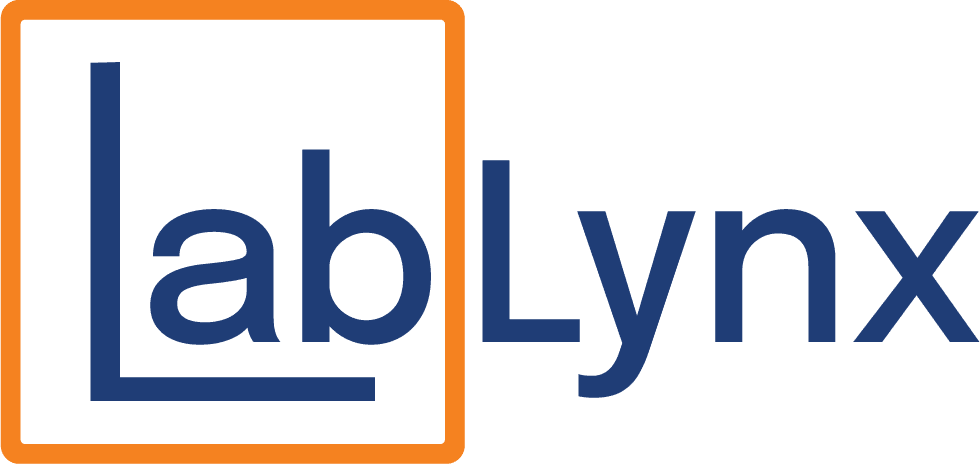
For many laboratories, the practical end of the year spans the final quarter, not just the last week of December. Treating this period as a structured runway lets teams complete compliance checks, align budgets, refresh inventory, review technology, recognize people, and set a clear plan for the year ahead. Effective end of year lab management protects data integrity, reduces risk, and positions the lab for faster, more reliable outcomes in the new year.
1) Review Data Integrity and Compliance Records
Compliance work is most effective when it is planned and distributed. Use the year-end window to schedule thorough data integrity checks and documentation reviews so nothing is rushed or overlooked.
- Audit trails and attribution: Confirm systems capture user, timestamp, action, and reason codes for regulated records.
- Framework alignment: Cross-check processes against CLIA, ISO/IEC 17025, GLP, HIPAA, and FDA 21 CFR Part 11 as applicable.
- SOP refresh: Update procedures to reflect current methods, instruments, and software versions. Retire obsolete steps.
- Validation posture: Verify that change controls, risk assessments, and revalidation requirements are documented.
Benefit: Distributing reviews across the period minimizes disruption, reduces audit findings, and improves inspection readiness without last-minute scramble.
2) Inventory Check: Supplies, Reagents, and Instruments
A disciplined inventory cycle reduces waste, prevents downtime, and improves data quality heading into January.
- Responsible disposition: Remove expired reagents and hazardous materials with complete chain of custody and disposal records.
- Calibration and maintenance: Schedule preventative service before the new year. Archive certificates and due dates.
- Digital control: Use barcodes or LIMS-integrated inventory for lot tracking, par levels, and automated reordering.
- Redundancy cleanup: Eliminate duplicates, consolidate suppliers, and standardize consumable SKUs.
Benefit: Closing inventory gaps now prevents rush orders, reduces budget leakage, and ensures reliable inputs for early Q1 workloads.
3) Team Recognition and Culture Building
People drive quality. Year-end recognition strengthens engagement and retention while surfacing process improvements.
- Milestones and metrics: Highlight completed projects, accreditation wins, turnaround improvements, and publication support.
- Development plans: Set individualized training paths and conference priorities for the coming year.
- Feedback loop: Run a concise survey to surface bottlenecks, tool wish lists, and process improvement ideas.
- Knowledge capture: Document tips, templates, and checklists for onboarding and cross training.
Benefit: Recognizing contributions and clarifying growth paths before January boosts retention, engagement, and readiness for new objectives.
4) Technology and Systems Review
Confirm that your digital stack supports accuracy, speed, and compliance for the volumes and regulations you expect next year.
- Fitness to purpose: Assess whether LIMS, ELN, LES, CDS, or other platforms scale with users, instruments, and sample throughput.
- Bottleneck analysis: Identify high-touch tasks such as manual sample logging, transcription, and report assembly that can be automated.
- Integration integrity: Validate data exchange between instruments, analytics, and ERP. Document interface controls and checks.
- Security posture: Review role based access, multi factor authentication, immutable audit trails, backup and restore drills, and monitoring for anomalies.
- Roadmap and budgeting: Align upgrades, licenses, and validation effort with fiscal planning so changes are funded and ready for early execution.
Benefit: Aligning modernization with year end planning enables faster turnaround times and fewer compliance deviations once January work ramps up.
5) Financial Review and Budget Reset
Use the closing period to finalize accounts and fund priorities that will move the lab forward.
- Variance analysis: Compare plan versus actual by cost center. Document drivers such as unplanned maintenance or supply chain delays.
- Reallocation to impact: Prioritize training, reliability engineering, instrument upgrades, cybersecurity, and compliance controls.
- Contract hygiene: Review vendor terms, auto renewal dates, and service level performance. Negotiate where appropriate.
- Resilience reserves: Set aside contingency for audits, validation, and critical repairs to avoid mid year disruptions.
Benefit: A structured financial review reduces unplanned expenditures in the next year and improves on time delivery metrics.
6) Strategic Planning for the Year Ahead
Translate lessons from the current year into a concise plan that aligns science, operations, and compliance.
- SMART objectives: Define specific, measurable, achievable, relevant, time bound goals for quality, throughput, and stakeholder satisfaction.
- Regulatory horizon scanning: Track expected updates and allocate time for change control and validation.
- Capability expansion: Identify partnerships, reference labs, and academic or industry collaborators to extend capacity or expertise.
- Sustainability planning: Reduce paper dependence, optimize cold storage, and streamline waste handling with measurable targets.
- Quarterly cadence: Break annual goals into early Q1 actions with named owners, timelines, and checkpoints.
Benefit: Teams that enter January with a clear roadmap execute faster, communicate better, and deliver more consistent results throughout the year.
Conclusion: Treat Year End as the Runway, Not the Finish Line
Redefining end of year lab management as a structured, quarter long effort spreads essential work across a manageable window, reduces last minute pressure, and elevates quality. By completing compliance reviews, reconciling inventory, recognizing teams, refining technology, resetting budgets, and setting strategy, your laboratory will not only finish strong but launch stronger, entering January with cleaner data, sharper processes, and a motivated team ready to deliver.
Accelerate Your Lab's Success & Experience LabLynx
"*" indicates required fields
Explore the LabLynx Suites

LIMS Suite
Seamless Sample and Workflow Management
The LabLynx LIMS Suite empowers laboratories with the tools needed to manage samples, workflows, compliance, and more in one centralized system. It’s the backbone for labs seeking efficient, reliable, and scalable management solutions.

ELN Suite
The LabLynx ELN Suite offers a modern approach to managing lab data and experiments. With its secure, intuitive platform, your team can record, store, and collaborate effortlessly, supporting innovation every step of the way.

Lab Automation
Automate for Efficiency and Growth
Streamline operations and boost productivity with the LabLynx Lab Automation Suite. Designed for labs ready to embrace advanced automation, this suite integrates systems, instruments, and workflows to deliver efficiency at scale.

